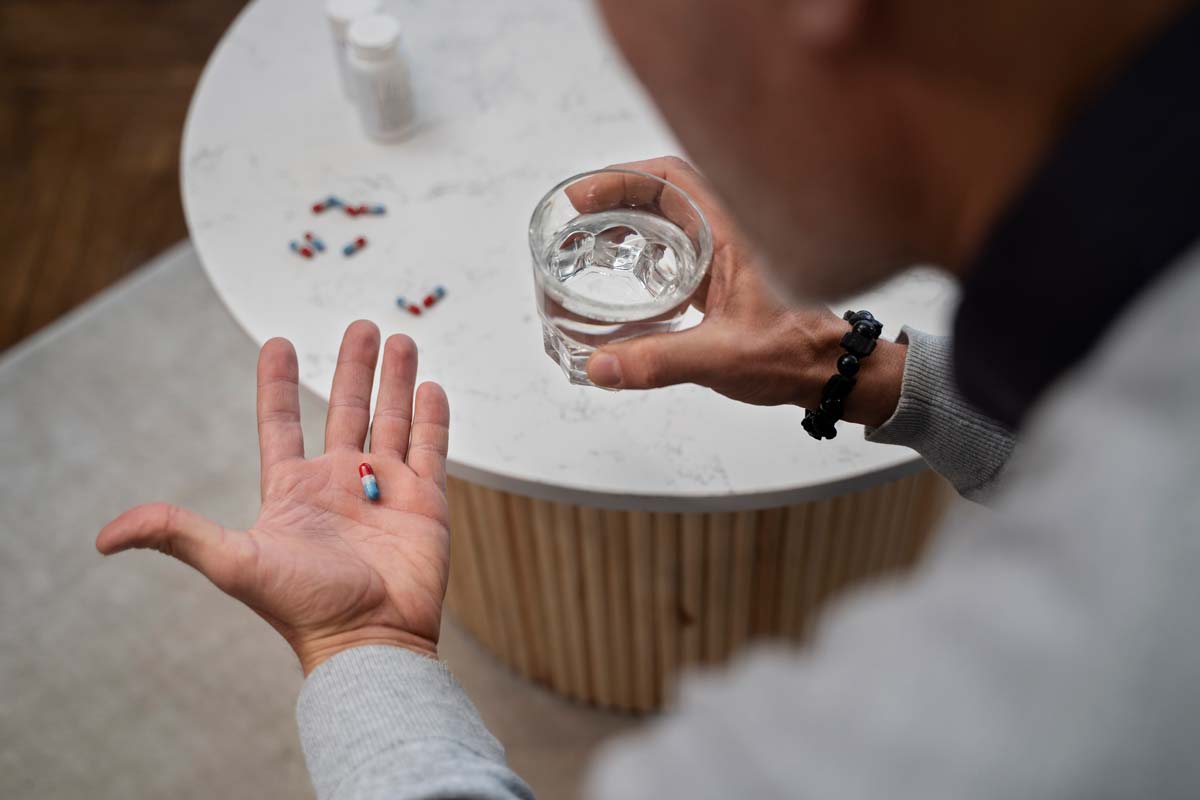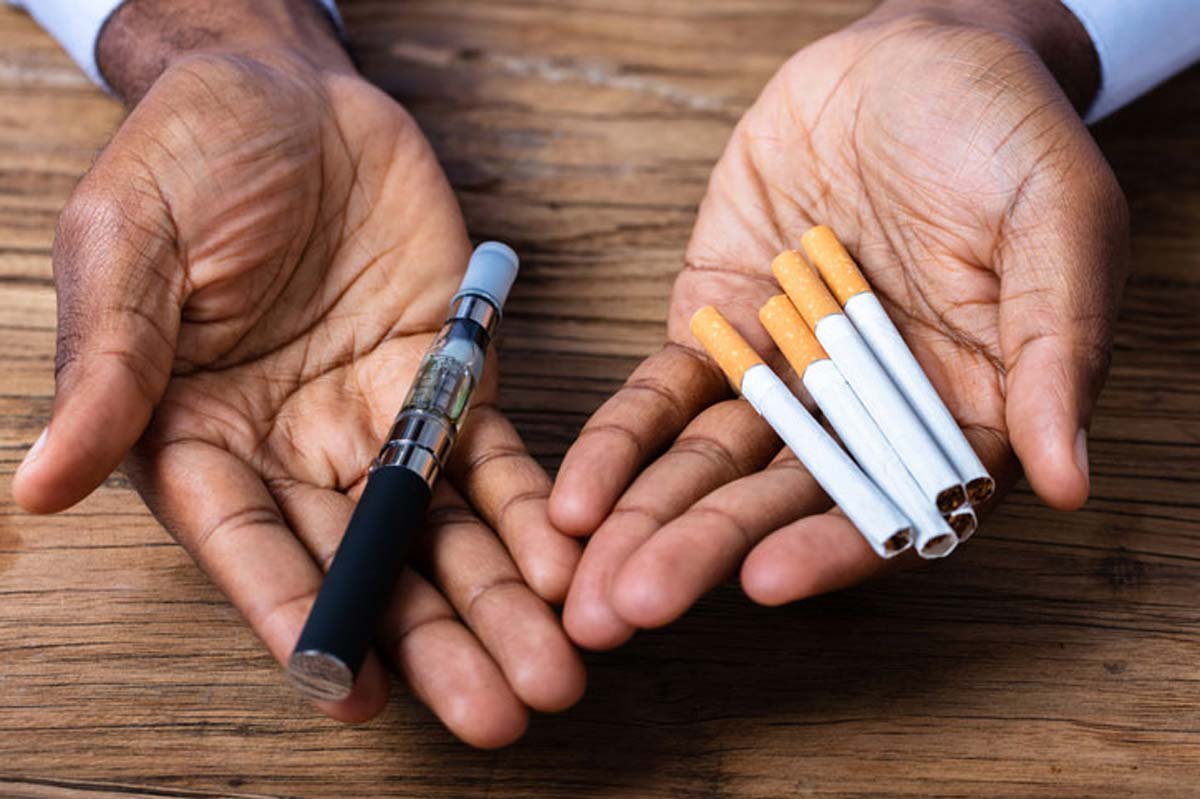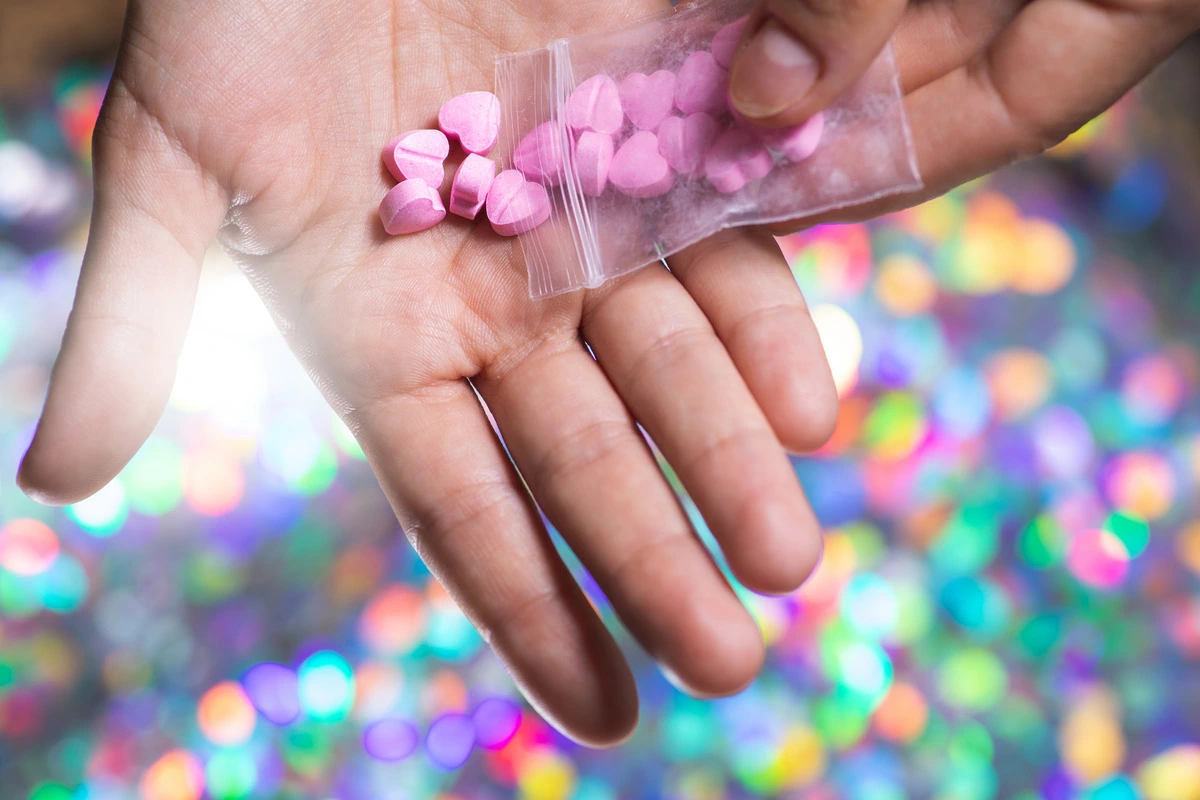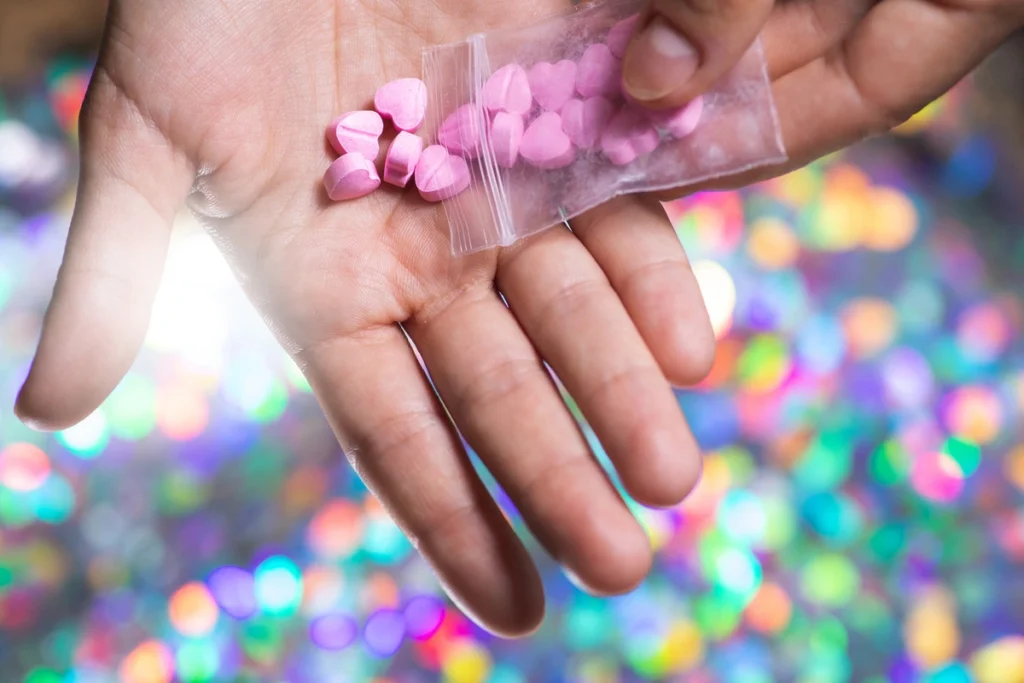 Ativan, a brand name for lorazepam, belongs to the benzodiazepine class of drugs and is primarily prescribed to manage anxiety disorders, insomnia, and certain seizure disorders. While Ativan can be highly effective in treating these conditions when used as prescribed, its potential for abuse and addiction necessitates a deeper understanding of its pharmacokinetics, including how long it remains detectable in the body. If you or a loved one is struggling with Ativan addiction, don’t hesitate to reach out to Anchored Tides Recovery for help and support on the journey to recovery.
Ativan, a brand name for lorazepam, belongs to the benzodiazepine class of drugs and is primarily prescribed to manage anxiety disorders, insomnia, and certain seizure disorders. While Ativan can be highly effective in treating these conditions when used as prescribed, its potential for abuse and addiction necessitates a deeper understanding of its pharmacokinetics, including how long it remains detectable in the body. If you or a loved one is struggling with Ativan addiction, don’t hesitate to reach out to Anchored Tides Recovery for help and support on the journey to recovery.
Factors Affecting Ativan’s Duration in the Body
Numerous factors can influence how long Ativan persists in an individual’s system:
- Metabolism: The rate at which Ativan is metabolized varies among individuals and can be affected by factors such as age, liver function, genetics, and concurrent use of other medications.
- Dosage and Duration of Use: Higher doses of Ativan and prolonged use can lead to the accumulation of the drug in the body, prolonging its elimination half-life.
- Frequency of Use: Regular and frequent use of Ativan can also affect its clearance from the body. Chronic users may experience slower elimination due to drug accumulation.
- Liver and Kidney Function: Liver and kidney function play crucial roles in metabolizing and excreting Ativan from the body. Impaired liver or kidney function can result in prolonged elimination half-life and increased drug concentrations.
- Age: Older individuals may metabolize Ativan more slowly than younger individuals, potentially leading to increased drug levels in the body and prolonged elimination.
Detection Windows for Ativan
The duration for which Ativan remains detectable in different biological samples varies:
- Urine: Ativan can typically be detected in urine for up to 3 to 6 days after the last dose, although this timeframe may vary based on factors such as dosage, frequency of use, and individual metabolism.
- Blood: Ativan is detectable in blood for approximately 6 to 8 hours following ingestion. Blood tests are primarily used to determine recent drug use or in cases of acute intoxication.
- Saliva: Ativan may be detectable in saliva for up to 6 to 8 hours after ingestion. Saliva tests are less common but may be used in certain situations, such as roadside drug testing.
- Hair: Ativan can be detected in hair follicles for an extended period, potentially several months, after use. Hair testing is often used to detect patterns of drug use over a longer period.
Implications for Recovery from Ativan Addiction
Understanding the duration of Ativan in the body is essential for individuals seeking recovery from Ativan addiction:
- Withdrawal Management: Knowledge of Ativan’s pharmacokinetics is crucial for healthcare providers managing withdrawal symptoms during detoxification. Gradual tapering of Ativan doses may be necessary to minimize withdrawal discomfort and complications.
- Treatment Planning: Awareness of Ativan’s persistence in the body informs the development of personalized treatment plans, including the selection of appropriate medications, therapy modalities, and the duration of treatment.
- Relapse Prevention: Understanding the potential for Ativan to remain in the body for an extended period helps in devising relapse prevention strategies, such as ongoing monitoring, therapy, and support to prevent recurrence of substance use.
Addressing Ativan Addiction at Anchored Tides Recovery
At Anchored Tides Recovery, we recognize the unique challenges that women face in overcoming Ativan addiction. Our specialized treatment programs are tailored to address the specific needs of women, providing a safe and supportive environment for healing and recovery.
Our comprehensive approach to Ativan addiction treatment includes:
- Detoxification: Medically supervised detoxification to safely manage withdrawal symptoms and prepare individuals for the next phase of treatment.
- Individualized Therapy: Evidence-based therapy modalities, including cognitive-behavioral therapy (CBT), dialectical behavior therapy (DBT), and trauma-informed therapy, to address the underlying causes of addiction and develop coping strategies for lasting recovery.
- Medication-Assisted Treatment (MAT): When appropriate, MAT may be utilized to manage withdrawal symptoms and cravings, allowing individuals to focus on their recovery journey.
- Holistic Therapies: We offer a range of holistic therapies and wellness activities, including yoga, mindfulness meditation, art therapy, and nutrition counseling, to promote physical, emotional, and spiritual well-being.
- Aftercare Planning: Our support doesn’t end with treatment completion. We provide comprehensive aftercare planning and support services to help individuals transition back into their daily lives and maintain their sobriety long-term.
Call Us Today!
If you or a loved one is struggling with Ativan addiction, don’t wait any longer to seek help. Contact Anchored Tides Recovery today to take the first step toward a brighter, substance-free future.
FAQs
How addictive is Ativan?
Ativan has a high potential for addiction, especially when used for extended periods or in higher doses. It’s essential to use Ativan strictly as prescribed by a healthcare professional and to be aware of the signs of addiction.
What are the signs of Ativan addiction?
Signs of Ativan addiction may include increased tolerance, withdrawal symptoms when not using, preoccupation with obtaining and using the drug, neglecting responsibilities, and continued use despite negative consequences.
Is Ativan withdrawal dangerous?
Ativan withdrawal can be uncomfortable and, in some cases, dangerous, particularly for individuals who have been using it for an extended period or in high doses. Symptoms may include anxiety, insomnia, agitation, tremors, and seizures. It’s crucial to undergo withdrawal under medical supervision to ensure safety and comfort.
Can Ativan addiction be treated?
Yes, Ativan addiction can be treated effectively with the right support and resources. Treatment typically involves a combination of detoxification, therapy, medication-assisted treatment, and ongoing support to address the physical, psychological, and social aspects of addiction.
How long does Ativan detox take?
The duration of Ativan detox varies depending on factors such as the individual’s level of dependence, overall health, and the presence of co-occurring disorders. Detox typically lasts anywhere from a few days to a week, with ongoing treatment and support provided afterward to promote long-term recovery.





 Prescription drugs have undoubtedly revolutionized modern medicine, providing relief from pain, managing chronic conditions, and improving overall quality of life for countless individuals. However, alongside their therapeutic benefits, many prescription medications carry the potential for addiction and abuse. In this comprehensive guide, we will explore the most addictive prescription drugs, their mechanisms of action, the risk factors associated with their use, and the specialized addiction treatment options available at
Prescription drugs have undoubtedly revolutionized modern medicine, providing relief from pain, managing chronic conditions, and improving overall quality of life for countless individuals. However, alongside their therapeutic benefits, many prescription medications carry the potential for addiction and abuse. In this comprehensive guide, we will explore the most addictive prescription drugs, their mechanisms of action, the risk factors associated with their use, and the specialized addiction treatment options available at
















































